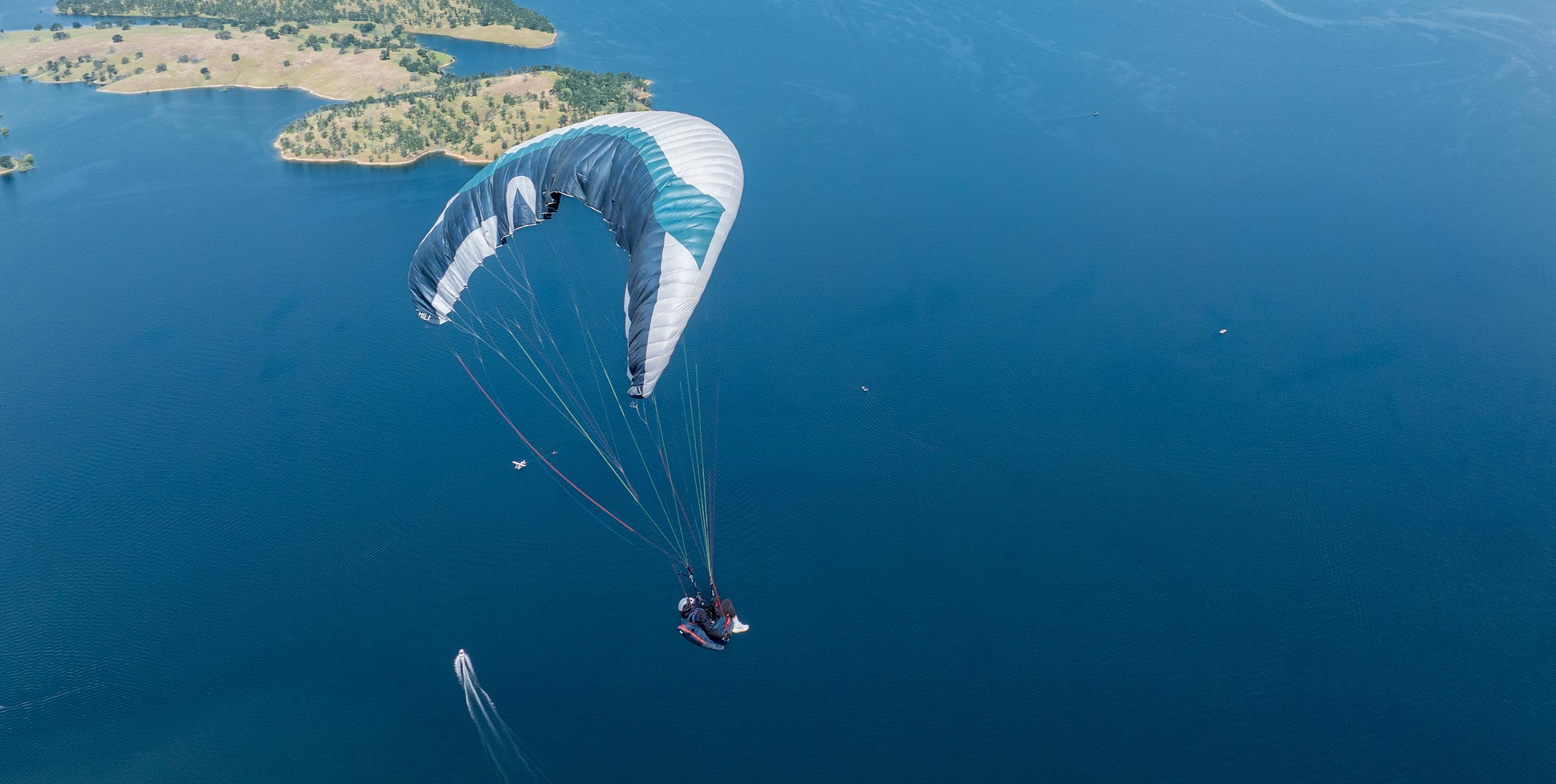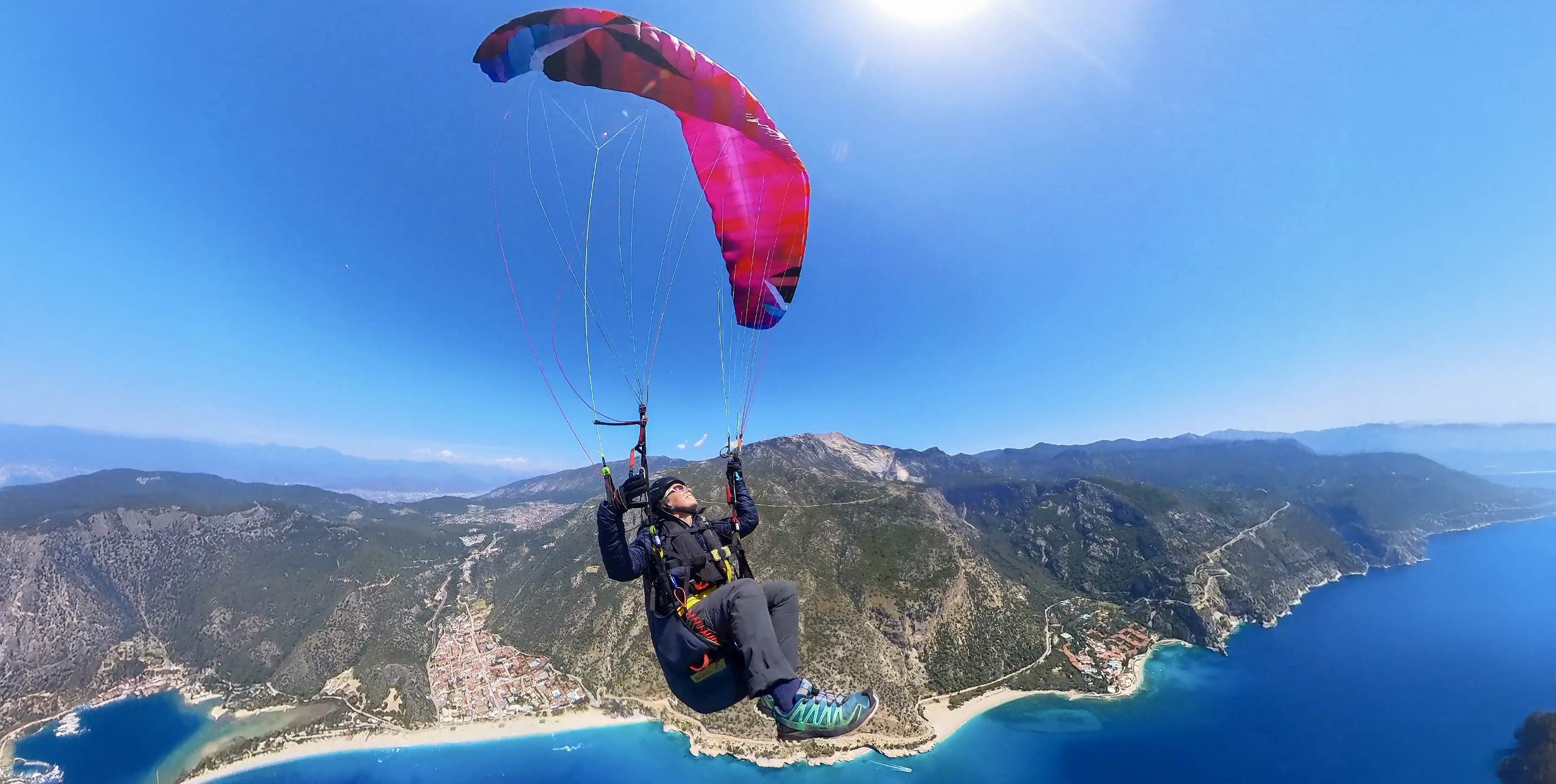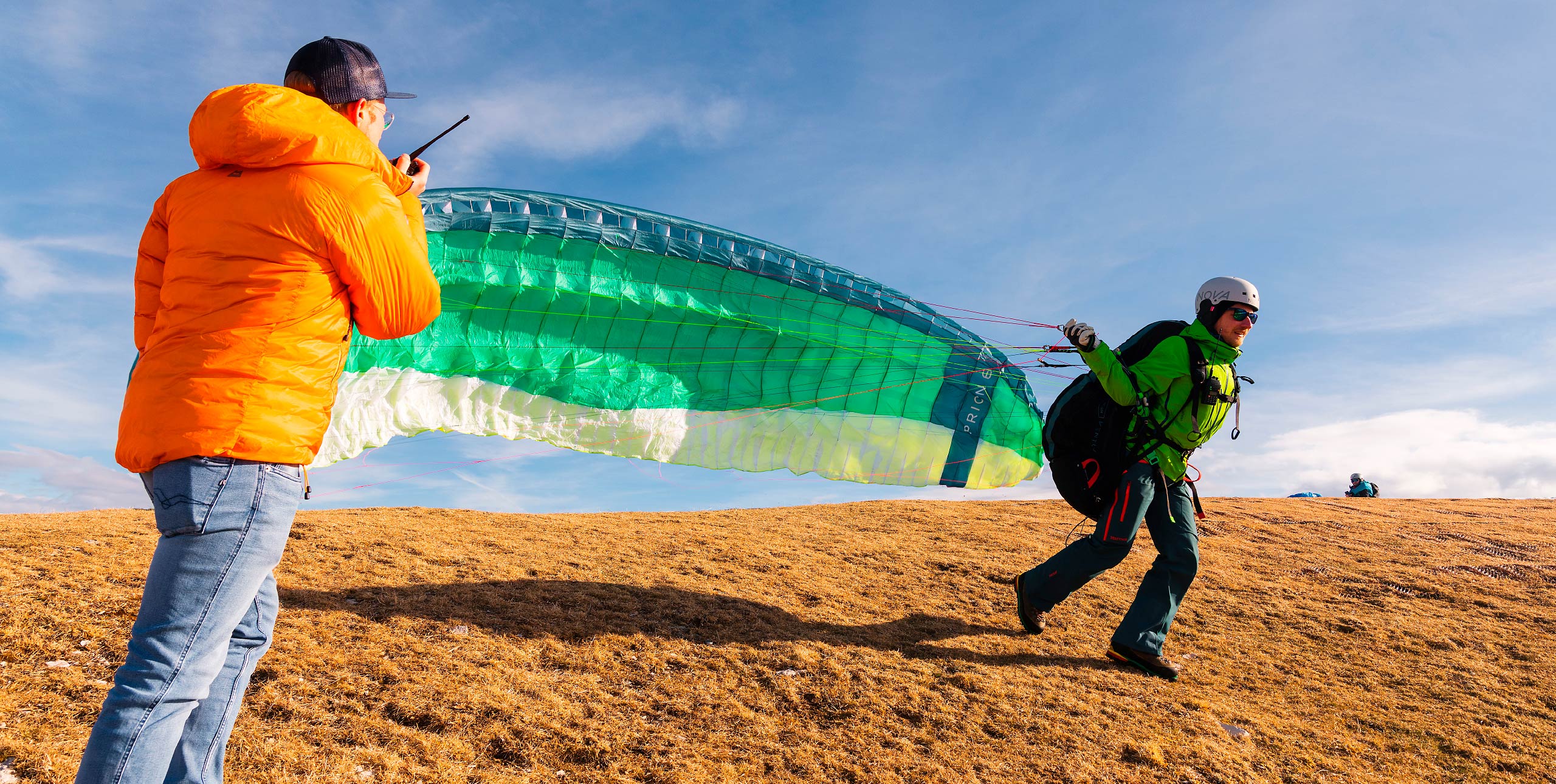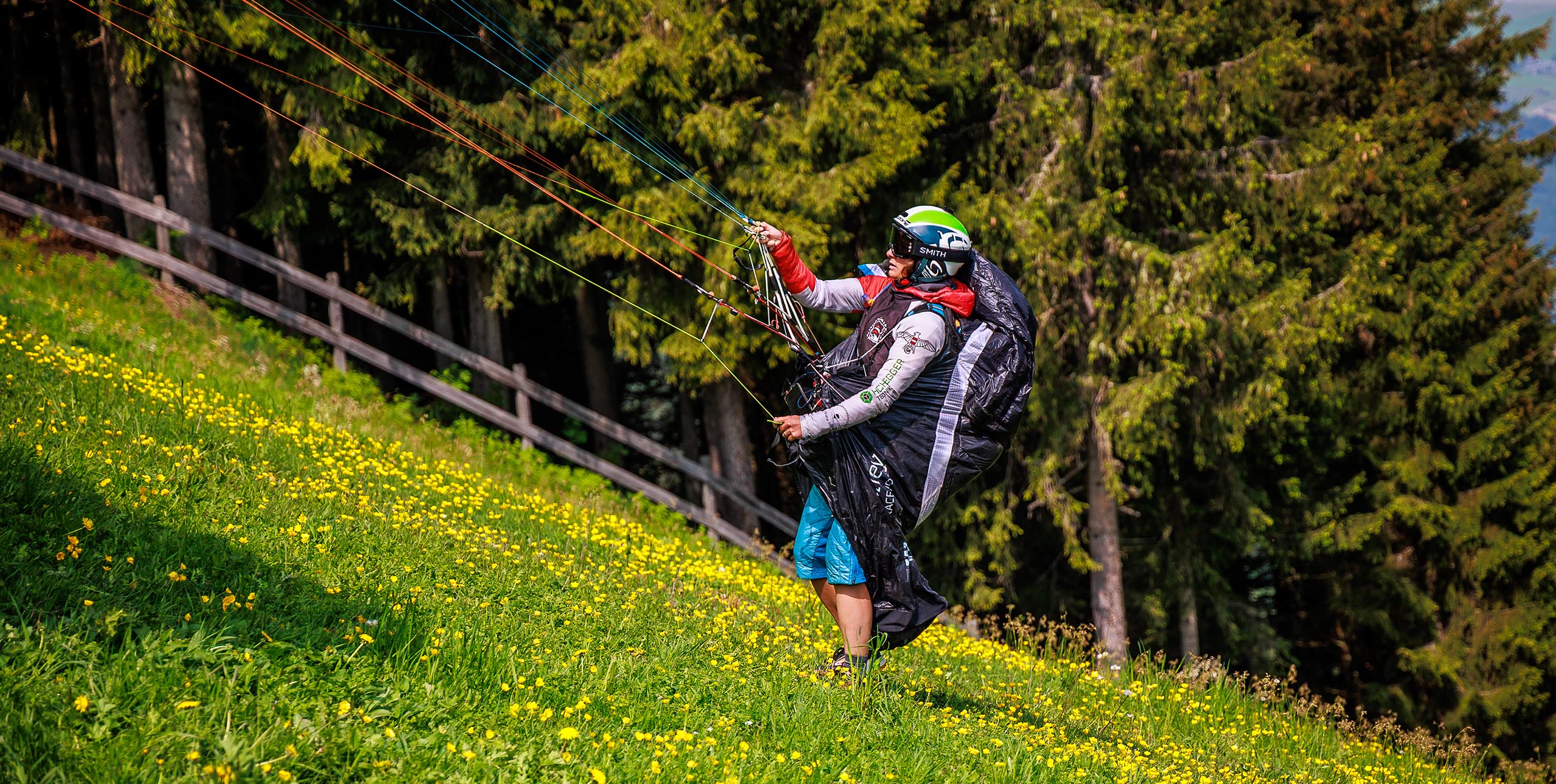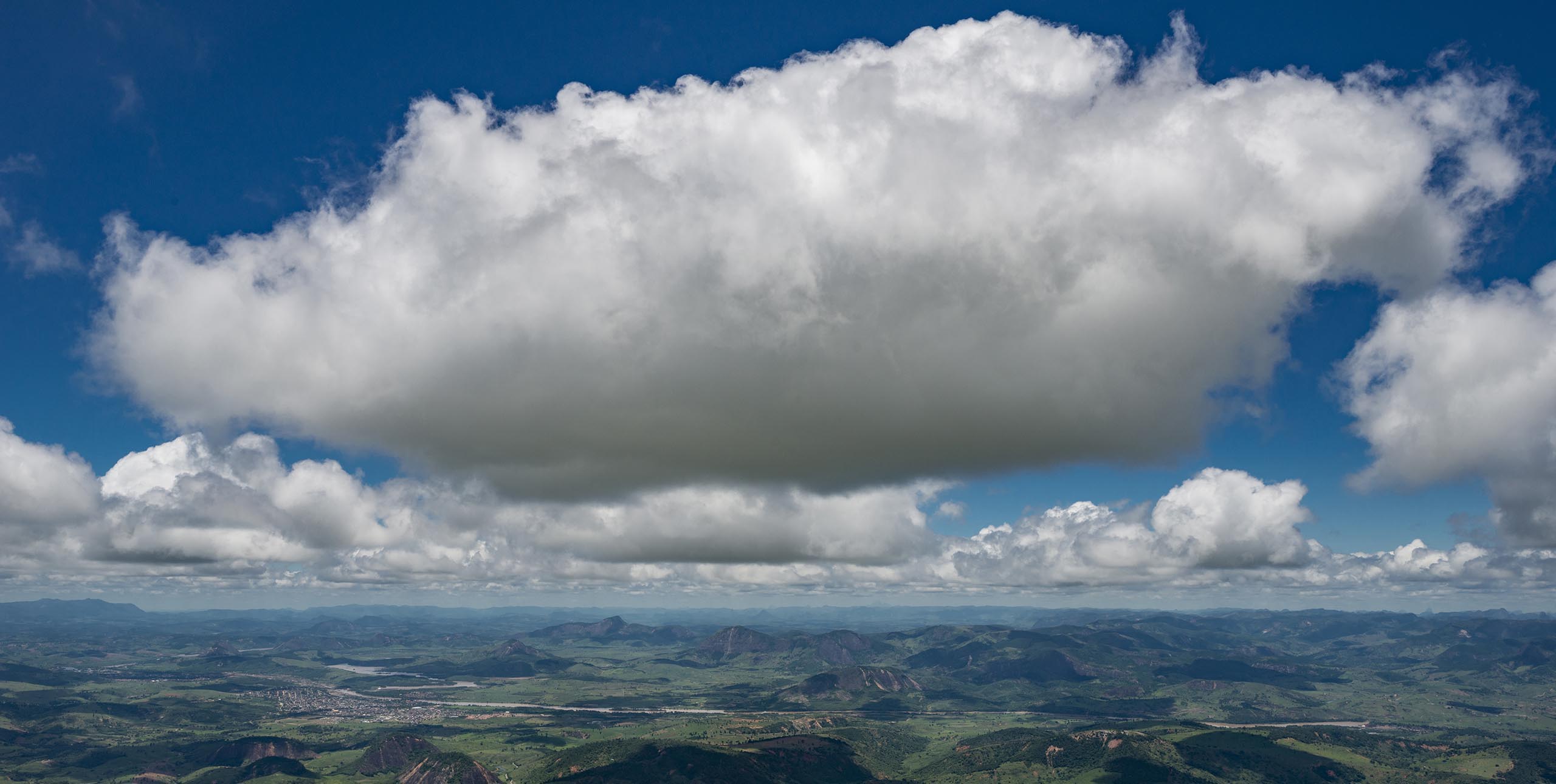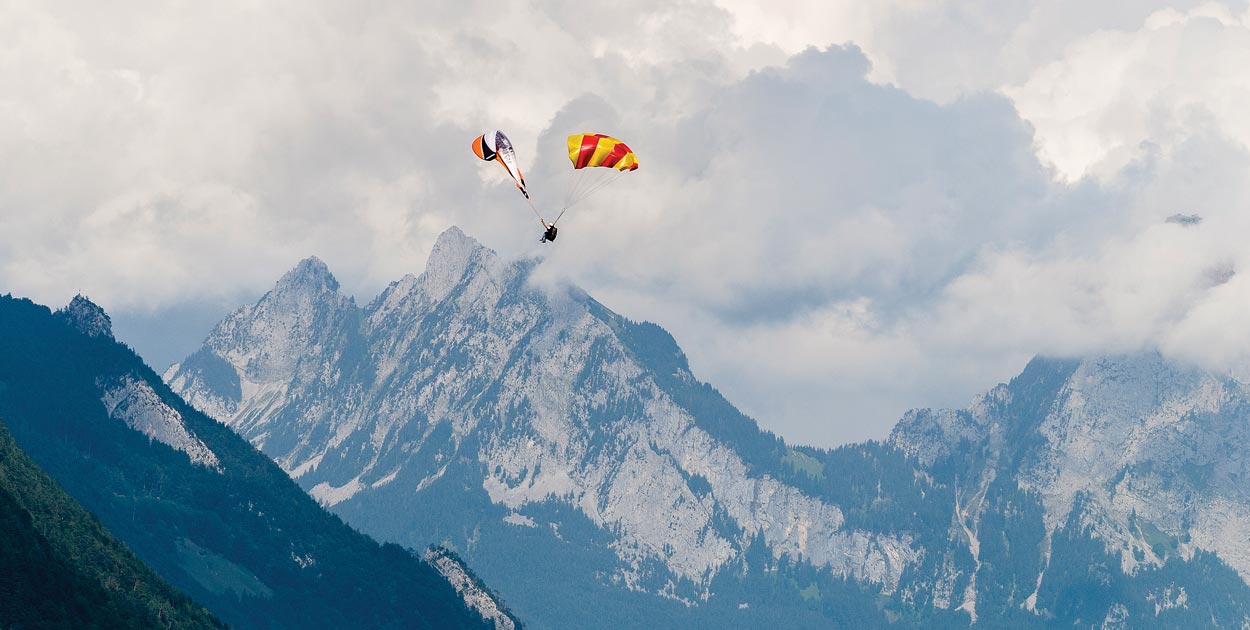
By Bruce Goldsmith – former world champion, glider designer, and Cross Country columnist
I asked myself the question, “How often do you get a major SIV-type incident in your flying?” I realised for me personally the answer is around once in every 1,000 hours of airtime, or, as I fly between 150 and 200 hours a year, once every five to seven years or so.
I find such incidents unacceptable. If such things happen to me then I change something about my flying so it will not happen again. The last time this happened to me was when I flew into a dust devil at 500m AGL at the 2016 US Paragliding Nationals in Chelan. The wing shot under me completely out of control. I recovered normal flight in less than five seconds but I learned my lesson. The result? I no longer fly into dust devils.
The time before that was flying XC in spring alpine conditions in 2009 on an unstable competition prototype. I rejected that wing for production.
So when a friend told me he had had a major flight incident I told him he had better change something major: either the glider, the conditions or his flying skills. You can get away with one of these incidents when high, but if you are low, then there is no way to recover in time.
My point is that such incidents should be completely unacceptable. If you get one you need to change something major: don’t just carry on flying the same wing in the same conditions tomorrow.
I fear that there may be pilots in our community who think that such major incidents are an unavoidable part of our sport. For me this is fundamentally wrong.
[promobox]
Major incidents
What do I consider a major incident in paragliding? Here’s my list:
- Complete loss of control
- Stall and/or massive collapse (greater than 70%)
- Cascade or twist
- Full frontal collapse
Learning SIV skills are important, and carrying at least one rescue parachute is considered pretty much essential for anything beyond still-air top-to-bottom flights. However, neither of those things will be much use to you if you are below 50m altitude.
If you suffer a major incident at less than 50m, then you simply don’t have enough height and time to deploy properly or to recover the glider – or at least the margins are extremely slim.
How much time does the average pilot spend below 50m AGL? I would estimate it is probably something like 50% of all the airtime gained worldwide. With this in mind it is clear that we cannot accept that major flight incidents are inevitable.
Progression and education
Through active piloting you can really control a modern glider through the roughest of air. That means the only true solution is to fly the correct glider in the correct conditions so you can be sure not to have a major flight incident at all. The pilot should be choosing to fly in conditions that are within their limits.
I believe it is possible to completely avoid major flight incidents through correct education and progression on a good glider. This should be the global overall objective of all paragliding education.
Major flight incidents can be avoided completely by correct active piloting of a safe glider and flying in the conditions suited to your level.
Zero tolerance is the only way forward for acceptably safe paragliding.
Bruce Goldsmith has been flying since the 1980s. He has been British Hang Gliding Champion twice, British Paragliding Champion three times and was Paragliding World Champion in 2007. He has been designing paragliders for 20 years.
Get instant access to over 500 pages of Cross country articles. Find out more!


